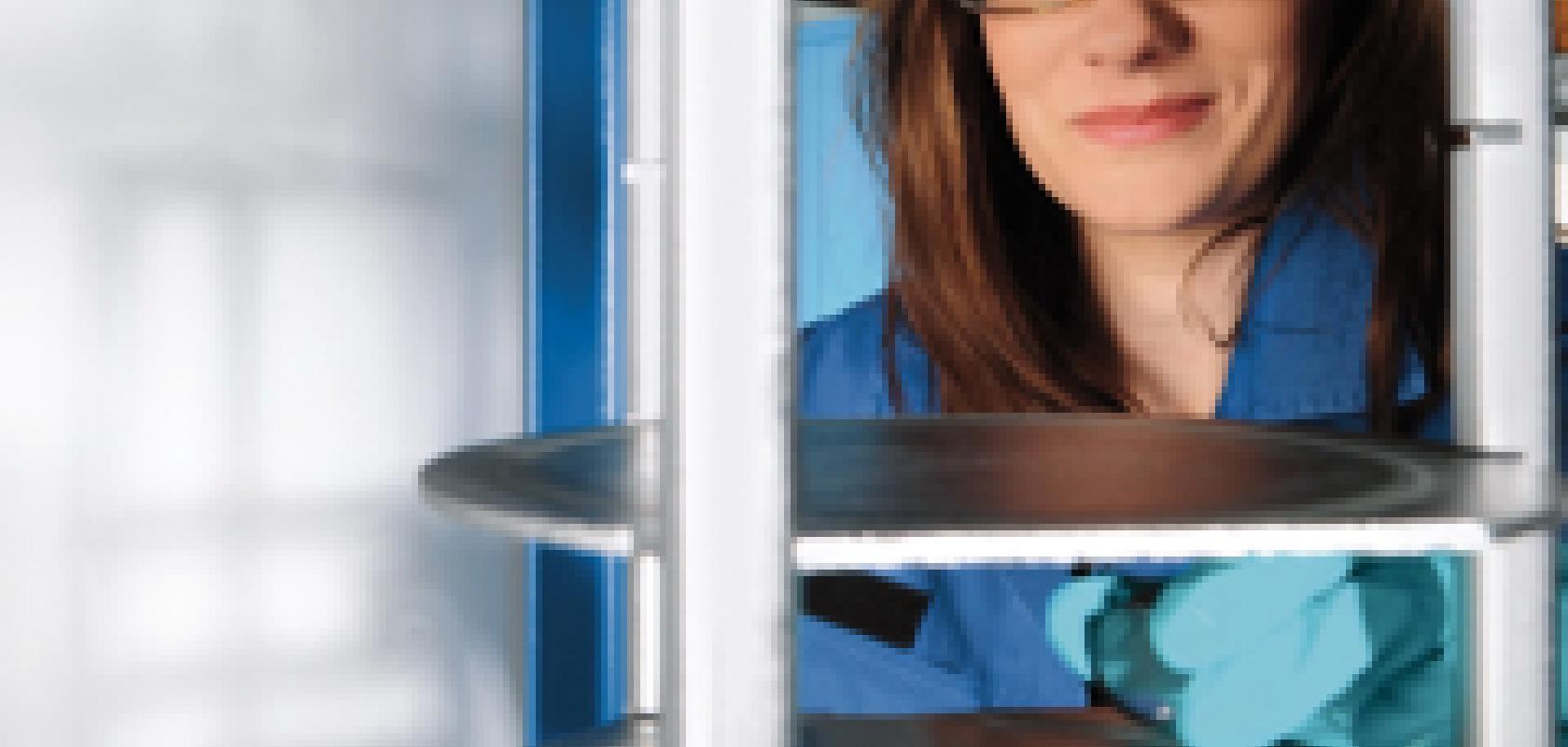Transparent and translucent ceramics have been identified as optical materials that offer 'great potential' in industrial settings. As part of the publicly funded research project OptokeraMat, Schott Research and Development has carried out initial preparations to manufacture them in a reproducible manner.
The ceramics bear a close resemblance to glass lenses or colour filters, but Schott believes that they have 'immense new potential'.
Yvonne Menke, materials development manager for Schott Research and Development, said: 'We have now succeeded in meeting the long-held wishes of the optical industry for a new transparent material for use in photography and other types of imaging devices. And we are paving the way for highly-efficient LED systems.'
The technology group has succeeded in reproducibly manufacturing ceramic sintered parts for optical and fluorescent applications within the framework of the three-and-a-half year joint research project OptokeraMat, funded by Germany’s Federal Ministry of Research, which came to an end in March. They not only offer superior thermal and mechanical qualities, but also high optical refractive indexes of two or more, as well as exceptional dispersion values.
'This opens up new areas in the Abbe diagram, which systematically depicts the properties of optical materials, which glass was never able to address before. In other words, optic designers now have a larger toolbox to work with,' explained Volker Hagemann, senior scientist at Schott.
'More compact camera lenses can thus be realised and colour defects and aberrations minimised. Unlike glass, some transparent ceramics have an extremely broad light transmission window that ranges from the ultraviolet all the way to the infrared wavelength range of six micrometres. This also makes the new material that is extremely insensitive to environmental influences of great interest for geo-observations of raw material deposits using special cameras.'
In combination with high-intensity LEDs or laser diodes, the temperature stability and thermal conductivity of these ceramic converters allow for new light sources to be developed, Schott says. Their luminance is two to three times higher than that of a typical xenon burner. Areas of application include beamers, next-generation digital projectors and headlights.


